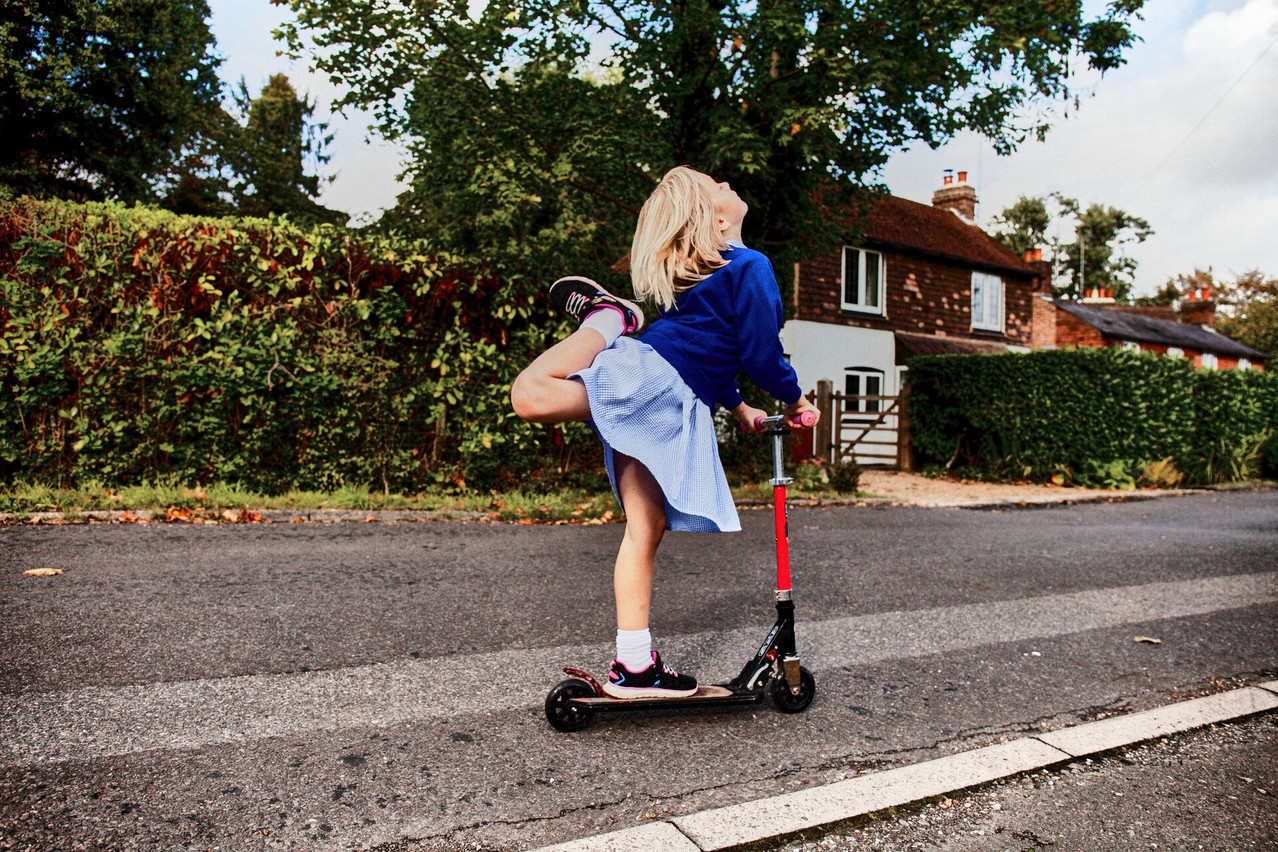Since 1 January 2021, two new definitions have been introduced in the Luxembourg Highway Code: the “micro-electric vehicle” (micro-véhicule électrique or MVE) and the “personal mobility device” (engin de déplacement personnel or EDP). Depending on which of these two vehicle categories you use, you are not subject to the same equipment requirements and cannot ride it in the same places.
Micro electric vehicle users are cyclists
The micro-electric vehicle is defined as a small electric road vehicle of a maximum length of 1,50 m, with at least one wheel, with or without a seat or a handlebar, designed for the movement of one person. It includes, among others, single wheels, hoverboards and electric scooters. Micro-electric vehicles are treated similarly to bicycles. As such, they must be used only on bicycle lanes or public roads. Children under 10 years of age may ride on the pavement and other pedestrian areas, provided they give priority to pedestrians. Transport of persons, towing another vehicle and being towed by another vehicle are strictly forbidden. The electric motor must not be more than 250 W, and the energy supplied must be interrupted once the vehicle has reached a speed of 25 km/h. The lightning of the micro-electric vehicle must be on during day and night and not flash or dazzle.
The micro-electric vehicles must be equipped with a bell, a brake system (one brake for single-wheeled vehicles and at least two brakes acting on two wheels for multi-wheeled vehicles), side reflectors and white non-blinking lights at the front. Red non-blinking lights at the rear at the height of 40 centimetres are also compulsory but can be replaced by similar equipment worn on the back or the helmet. Are not obligatory, but highly recommended a helmet and reflective clothing when riding at night. A vehicle identification or registration plate is not required.
Personal mobility device users are pedestrians
Personal mobility devices refer to tiny non-electric devices, whether or not fitted with a handlebar or a seat. The most common are skateboards, non-electric scooters and roller skates. Are also included wheeled devices designed for children with a maximum speed of up to 6 km/h, even if they have an electric motor. When you use a personal mobility device, you are considered a pedestrian. Your device is therefore allowed on the pavement and other pedestrian areas as well on lanes marked with a road sign indicating roller skates, provided that you give absolute priority to pedestrians. Riding on the pavement should not exceed walking speed, i.e. lower than 6 km/h. The same rules apply to children’s bikes. Of course, when your children grow up, they will be considered a cyclist and have to transition to bicycle paths and roadways. They are authorized to ride in traffic from the age of 10 and required to do so at the age of 13.
Unlike the electric motor vehicle, no special equipment is required, but a bell and a helmet are helpful if you want to make yourself visible to others.
And what about insurance?
Whether you use a personal mobility device or a micro-electric vehicle, you do not have to take out insurance. But, with the growing popularity of micro-mobility, accidents are getting more and more numerous, and the consequences can be severe. You have two solutions if you want to be insured. To compensate for bodily injury in the event of an accident, you can choose between an extension of your car insurance (driver injury insurance) or a protection from all types of accidents (accidents in your private life). Insure your vehicle against theft, breakage, impact and fall is also possible. Some insurance companies include this possibility in their home insurance; others include it in their bike insurance. The best option is to talk to your insurance company to find out what cover you can have when using a personal mobility device or a micro-electric vehicle.
Are you an expatriate or a newcomer in the Grand Duchy? Visit our website.
